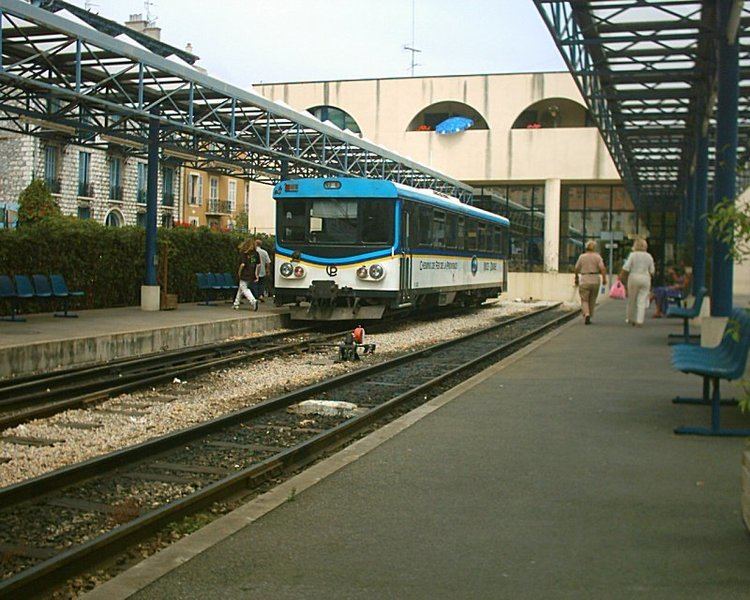 | ||
The French National Railways used to run a considerable number of 1,000 mm (3 ft 3 3⁄8 in) metre gauge lines, a few of which still operate mostly in tourist areas, such as the St Gervais-Vallorcine (Alps) and the "Train jaune" (yellow train) in the Pyrenees. The original French scheme was that every sous-prefecture should be rail connected. Extensive 600 mm (1 ft 11 5⁄8 in) gauge lines were also built for the sugar-beet industry in the north often using ex-military equipment after the First World War. Decauville was a famous French manufacturer of industrial narrow-gauge railway equipment and equipped one of the most extensive regional 600 mm (1 ft 11 5⁄8 in) narrow-gauge railway, the Chemins de Fer du Calvados. Corsica has a narrow-gauge network of two lines following the coast line, that are connected by one line crossing the island through highly mountainous terrain. The petit train d'Artouste, a tourist line in the Pyrenees, uses 500 mm (19 3⁄4 in) gauge.
Contents
Narrow-gauge funiculars
1,300 mm (4 ft 3 3⁄16 in)
1,200 mm (3 ft 11 1⁄4 in)
1,100 mm (3 ft 7 5⁄16 in)
600 mm (1 ft 11 5⁄8 in)
750 mm (2 ft 5 1⁄2 in)
700 mm (2 ft 3 9⁄16 in)
600 mm (1 ft 11 5⁄8 in)
In France, a 600 mm (1 ft 11 5⁄8 in) towing tramway ran along the Marne-Rhine Canal between Arzviller and Niderviller.
